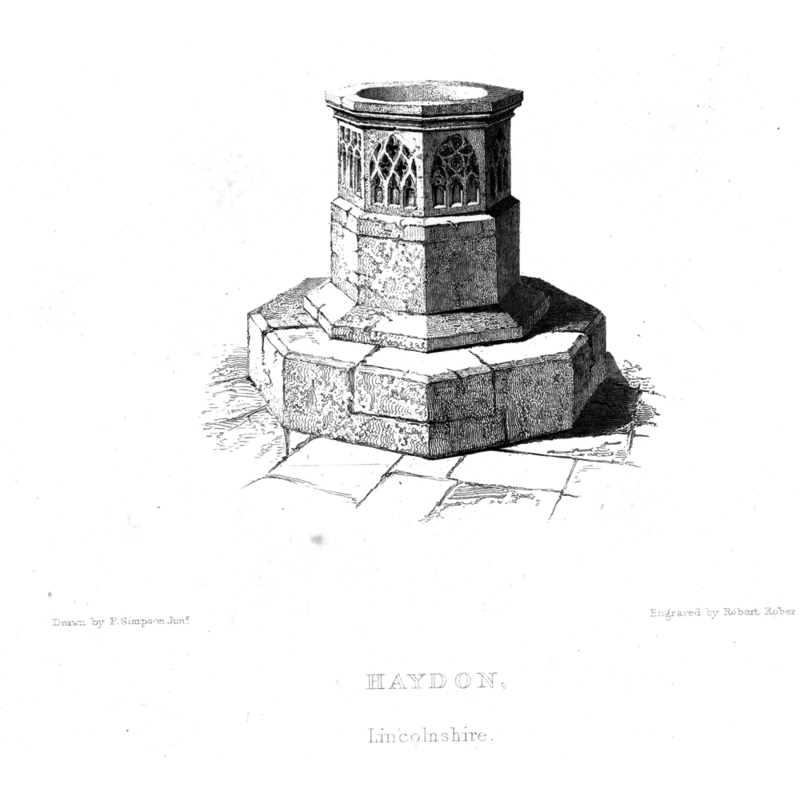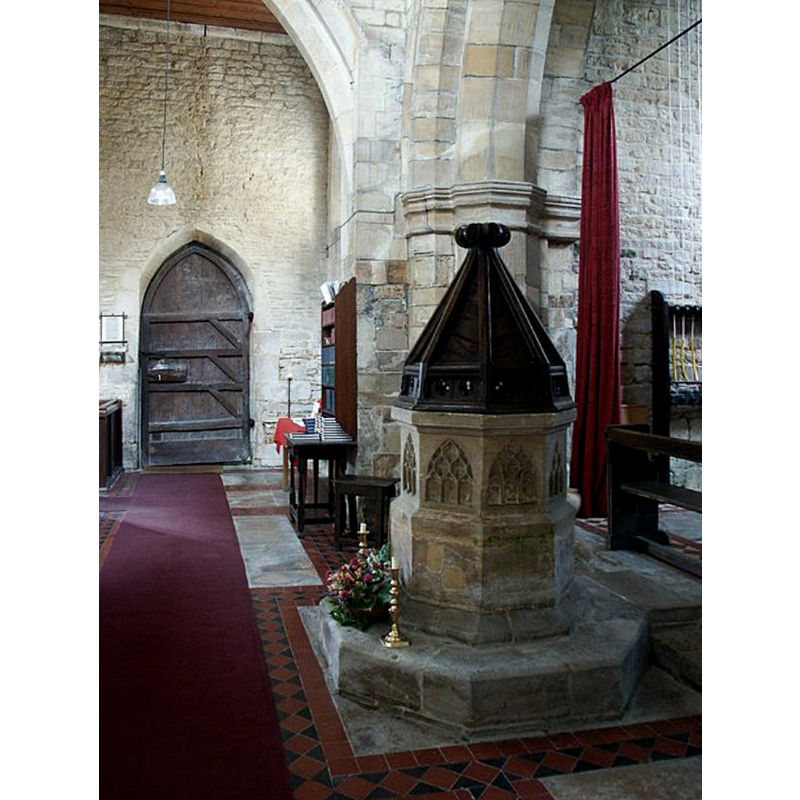Haydour / Haidure [Domesday] / Haydor / Haydour / Heidure / Heydor / Heydour
![Main image for Haydour / Haidure [Domesday] / Haydor / Haydour / Heidure / Heydor / Heydour](/static-50478a99ec6f36a15d6234548c59f63da52304e5/compressed/1190713011_compressed.png)
Image copyright © Dave Hitchborne, 2007
CC-BY-SA-2.0
Results: 9 records
design element - patterns - tracery
Scene Description: on the southeast side of the basin: "specimens of the diversified window tracery of the day" (Bond)
Copyright Statement: Image copyright © Dave Hitchborne, 2007
Image Source: edited detail of a digital photograph taken 25 June 2004 by Dave Hitchborne [www.geograph.org.uk/photo/476451] [accessed 13 July 2019]
Copyright Instructions: CC-BY-SA-2.0
design element - patterns - tracery
Scene Description: on the northeast side of the basin: "specimens of the diversified window tracery of the day" (Bond)
Copyright Statement: Image copyright © Dave Hitchborne, 2007
Image Source: edited detail of a digital photograph taken 25 June 2004 by Dave Hitchborne [www.geograph.org.uk/photo/476447] [accessed 13 July 2019]
Copyright Instructions: CC-BY-SA-2.0
view of church exterior - southeast view
Scene Description: Source caption: "The church dates from the 12th century onwards, and was recorded in the Domesday Book. There is a western tower with spire, nave with north and south aisles and clerestory, chancel with north chapel, and south porch. The church is built in Ancaster stone with lead and slate roofs. The tower dates from the 13th C. and has a plain parapet with gargoyles and pinnacles. The octagonal spire has one set of lucarnes. There are eight bells. The south porch has a stone ribbed roof and side benches, and the south door is 14th century. The nave and north and south arcades of four bays with octagonal piers are from the 14th century. The south aisle has its own piscina. The clerestory was added in the 15th century with six windows. The tower arch is also 14th century, and inside the tower is a portion of 12th century zigzag moulding reset over the doorway. The chancel arch is also 14th century, although the chancel was probably 13th century and rebuilt in the mid 19th century. It has the usual sedilia and a squint into the north chapel. The east window is a triple lancet with glass by Kempe. The north chapel is filled with monuments to the Newton family, and there are several good monuments from the 17th and 18th centuries. The 14th century octagonal font has incomplete patterns of tracery, perhaps due to the Mason becoming a victim of the Black Death. The church has two stained-glass windows from the 14th century given by the Scrope family. The windows were removed for cleaning and restoration in 2007. There are other fragments of mediaeval glass elsewhere in the church."
Copyright Statement: Image copyright © Jules & Jenny, 2016
Image Source: edited detail of a digital photograph taken 26 October 2016 by Jules & Jenny [www.flickr.com/photos/78914786@N06/46712996964] [accessed 13 July 2019]
Copyright Instructions: CC-BY-2.0
view of church interior - looking east
view of church interior - looking west
Scene Description: with the font and cover visible at the far [west] end of the centre aisle, beneath the tower arch
Copyright Statement: Image copyright © Dave Hitchborne, 2007
Image Source: digital photograph taken 25 June 2004 by Dave Hitchborne [www.geograph.org.uk/photo/476553] [accessed 13 July 2019]
Copyright Instructions: CC-BY-SA-2.0
view of font
view of font
view of font and cover - southeast side
view of font and cover in context - northeast side
Scene Description: Source caption: "Interior of St Michael & All Angels, Heydour. The font beneath the tower arch and looking towards the inner entrance door."
Copyright Statement: Image copyright © Dave Hitchborne, 2007
Image Source: digital photograph taken 25 June 2004 by Dave Hitchborne [www.geograph.org.uk/photo/476447] [accessed 13 July 2019]
Copyright Instructions: CC-BY-SA-2.0
INFORMATION
FontID: 01583HAY
Object Type: Baptismal Font1
Church/Chapel: Parish Church of St. Michael and All Angels
Church Patron Saints: St. Michael & All Angels
Church Location: Church Lees, Heydour & Culverthope, Grantham NG32 3NG, UK
Country Name: England
Location: Lincolnshire, East Midlands
Directions to Site: Located just N of Aisby and the A52, E of the A15, 8 km SW of Sleaford, 10-12 km ENE of Grantham
Ecclesiastic Region: Diocese of Lincoln
Historical Region: Hundred of Threo
Font Location in Church: Inside the church, beneath the tower arch
Century and Period: 14th - 15th century, Decorated? / Perpendicular?
Cognate Fonts: The font at nearby Carlton Scroop[e] is similar in its transitional ornamentation between the Decorated and Perpendicular styles [cf. FontNotes for others]
Font Notes:
Click to view
There is an entry for Heydour [variant spelling] in the Domesday survey [https://opendomesday.org/place/TF0039/heydour/] [accessed 13 July 2019]; it mentions a priest and a church in it. This font and the one at nearby Carlton Scroop[e] are described in Simpson (1828) as showing "strong indications, in the form of some of the tracery, of the change which was then in progress from the Decorated to the Perpendicular style." Simpson (ibid.) describes this font as being "in good preservation, though white-washed" at the time and its location in the church "under the second arch from the west end of the north aisle". The font is shown in Simpson raised on an octagonal plinth. This baptismal font is described and illustrated in Gailhabaud (1850) incorrectly under the name of "Haydon". Bond (1908) relates than in this and a few other fonts, "the extraordinary course was adopted of filling the faces [i.e., the sides of the basin] with specimens of the diversified window tracery of the day." Farther down, in the listing of 14th century fonts (ibid.), Bond describes it as a "tub font". Listed in Cox-Harvey (1907). Noted in Tyrrell-Green (1928) as one of group of 14th-century fonts in the Decorated style ornamented with varied patterns of blind tracery (in this group are: Offley in Herts.; Weobley in Hereford; Goadby Marwood and Noseley in Leics.; Barrowby, Carlton Scroope and Haydor in Lincs.; Northampton St. Peter's; Kiddington, Bloxham and Woodstock in Oxon.;Brailes in Warwick, and Patrington in Yorkshire). The entry for this church in Historic England [Listing NGR: TF0096639618] notes: "Parish Church: C12, C13, C14, C15, C17, C19. [...] The font is C14 octagonal with traceried panels."
COORDINATES
Church Latitude & Longitude Decimal: 52.944303, -0.499138
Church Latitude & Longitude DMS: 52° 56′ 39.49″ N, 0° 29′ 56.9″ W
UTM: 30U 668035 5869002
MEDIUM AND MEASUREMENTS
Material: stone, type unknown
Font Shape: octagonal (mounted)
Basin Interior Shape: round
Basin Exterior Shape: octagonal
Rim Thickness: 10 cm [calculated]
Diameter (inside rim): 60 cm
Diameter (includes rim): 80 cm [80.8 cm]*
Basin Depth: 33.75 cm
Font Height (less Plinth): 132.5 cm [134.1 cm]*
Notes on Measurements: Simpson (1828: 57) - asterisked measurements as given in Gailhabaud (1850, t.III: unpaged) under the name "Haydon"
LID INFORMATION
Date: modern?
Material: wood, oak?
Apparatus: no
Notes: octagonal pyramid with some openwrk around the lower sides; fleuron finial; appears modern
REFERENCES
Bond, Francis, Fonts and Font Covers, London: Waterstone, 1985 c1908
Cox, John Charles, English Church Furniture, New York: E.P. Dutton & Co., 1907
Gailhabaud, Jules, Monuments anciens et modernes: collection formant une histoire de l’architecture des differents peuples à toutes les epoques., Paris: Didot frères, 1850
Moule, Thomas, The English counties delineated; or, A topographical description of England [...], London: George Virtue, 1837 [vol. 2]
Simpson, Francis, A series of ancient baptismal fonts: chronologically arranged, drwan by F. Simpson, Jun., engraved by R. Roberts, London: Septimus Prowett, 1828
Tyrrell-Green, E., Baptismal Fonts Classified and Illustrated, London: Society for Promoting Christian Knowledge: The Macmillan Co., 1928
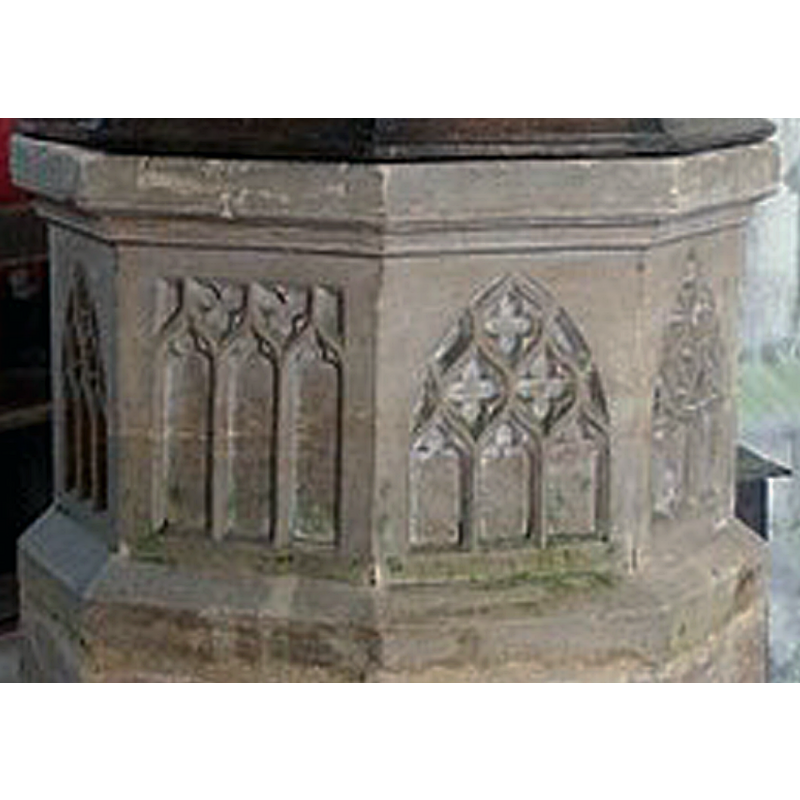
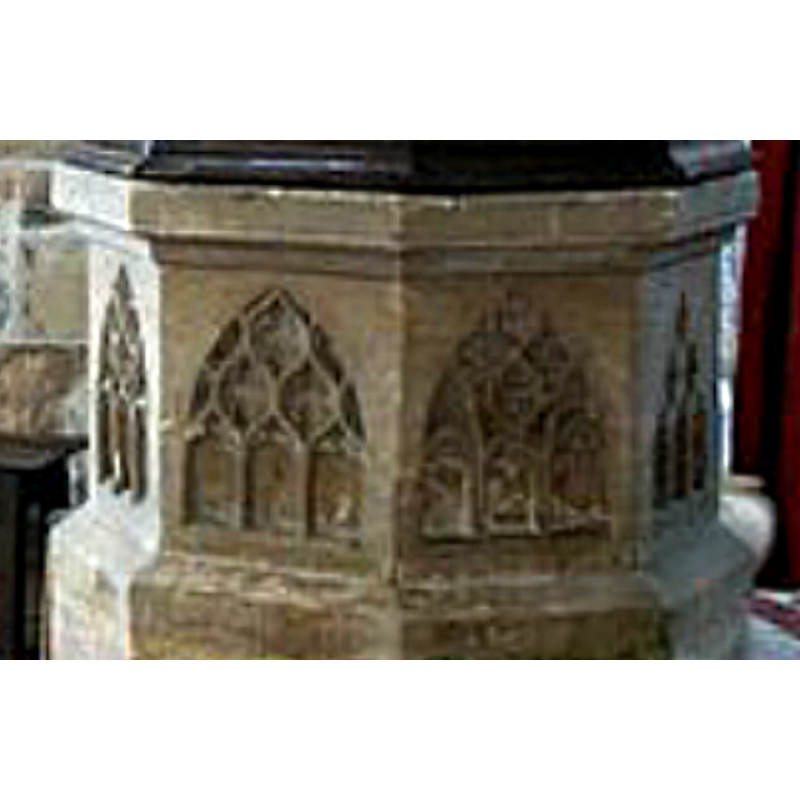
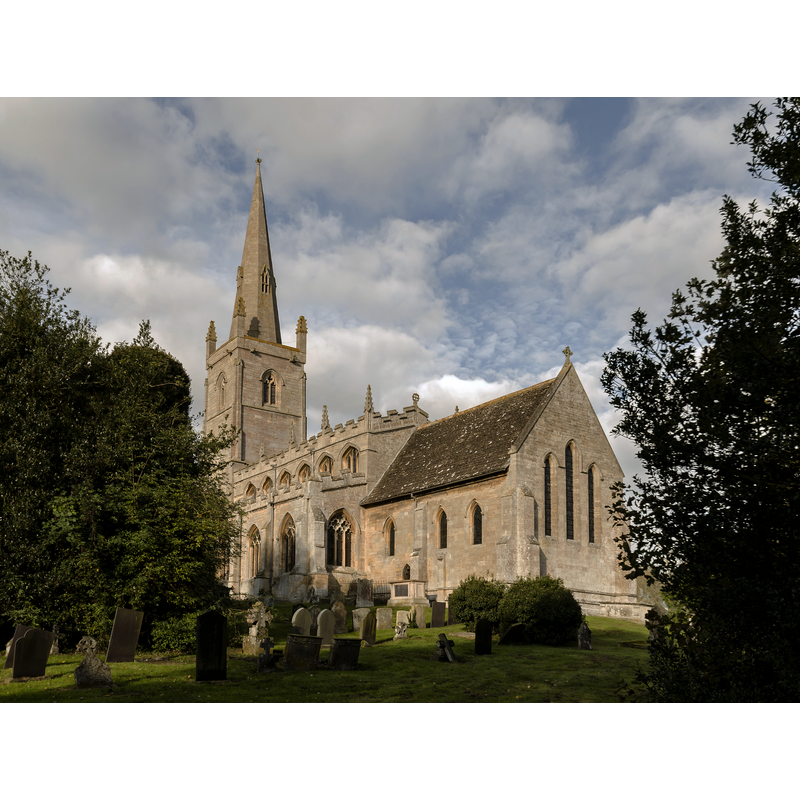
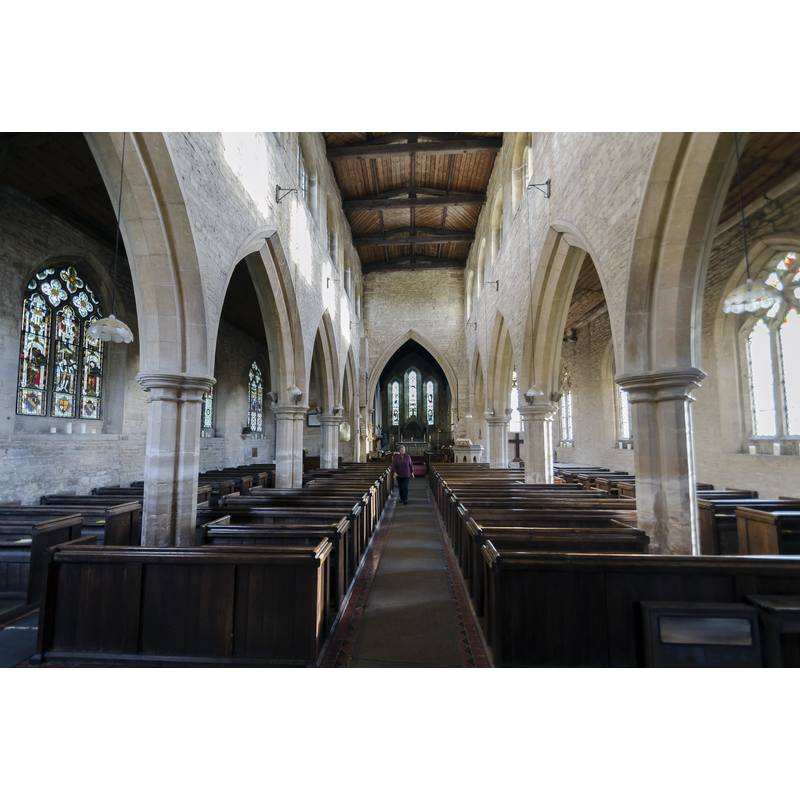
![with the font and cover visible at the far [west] end of the centre aisle, beneath the tower arch](/static-50478a99ec6f36a15d6234548c59f63da52304e5/compressed/1190713010_compressed.png)
